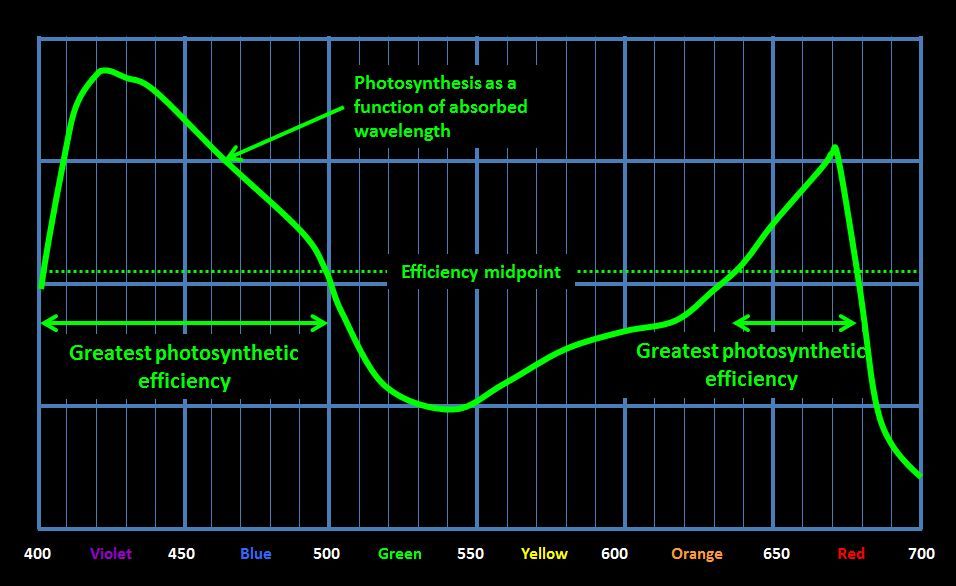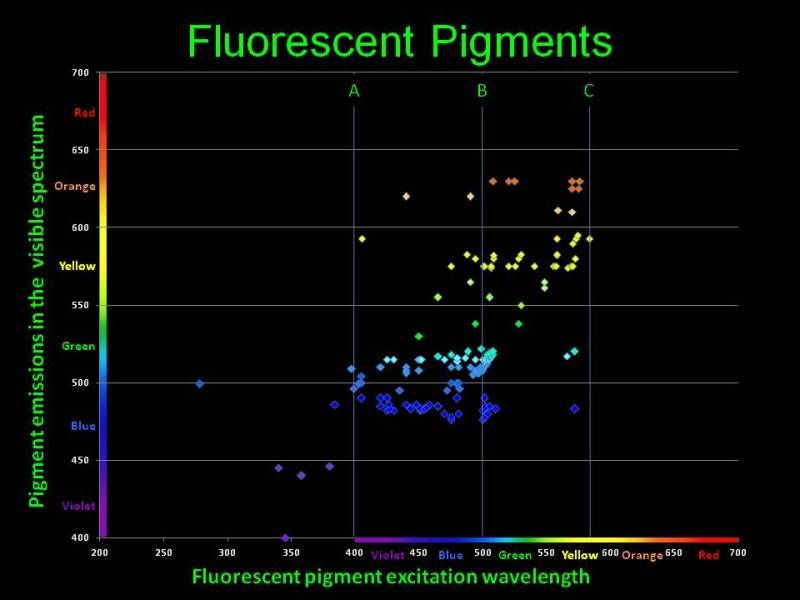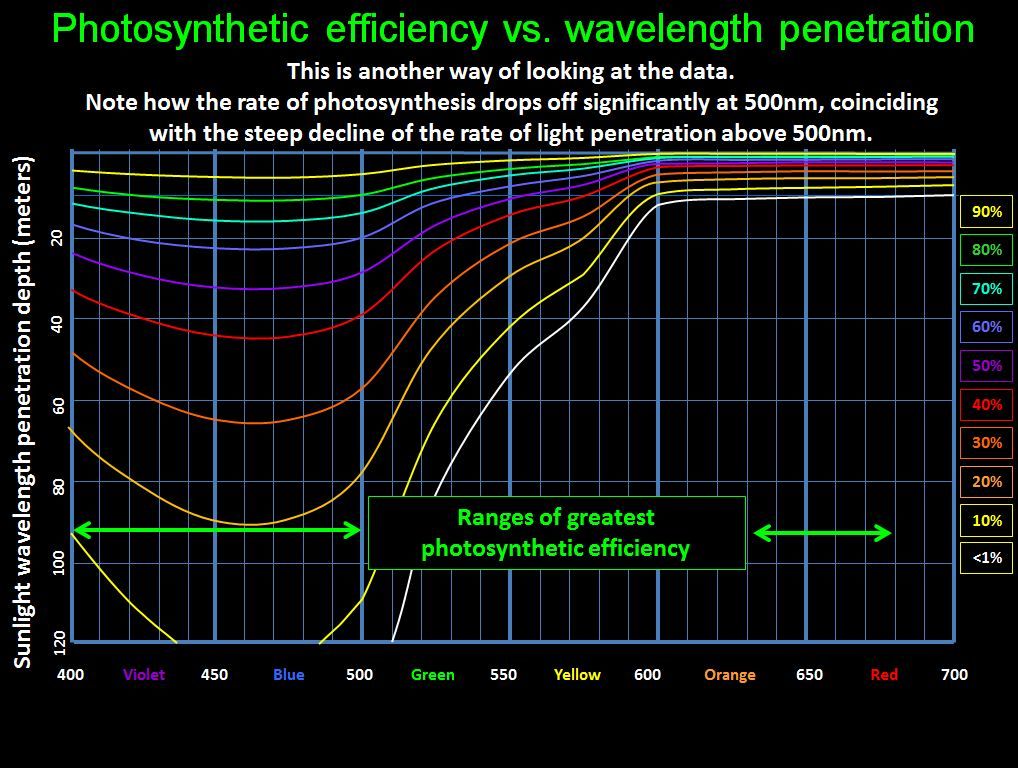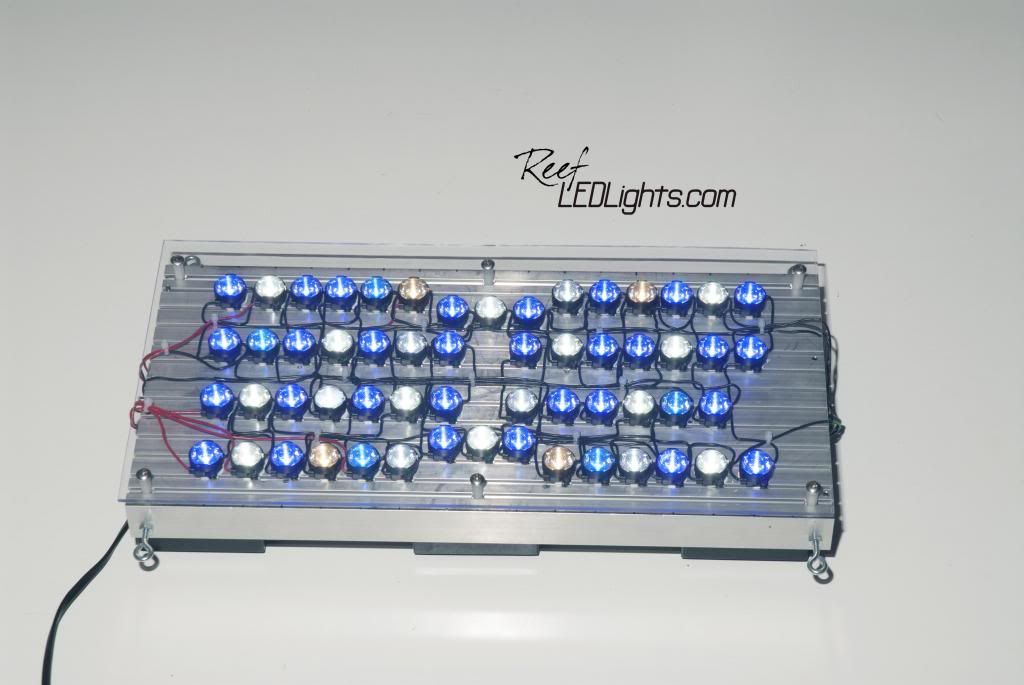Joe Lydon
New member
You don't have to purchase the full article. The short version is pretty rounded. You have to click "Look inside". Seems that corals provided with wavelengths below 500nm, simply adjust their pigment to better utilize the incoming light for photosynthesis. Intensity, will obviously exacerbate the effect! So, in theory, if you eliminate wavelengths above 500nm, you will force the coral to morph into pigments that fluoresce and help photosynthesis efficiency? (or at least, this is what my less than highschool education tells me!)
http://link.springer.com/article/10.1007/BF00317092
http://link.springer.com/article/10.1007/BF00317092
Last edited:





